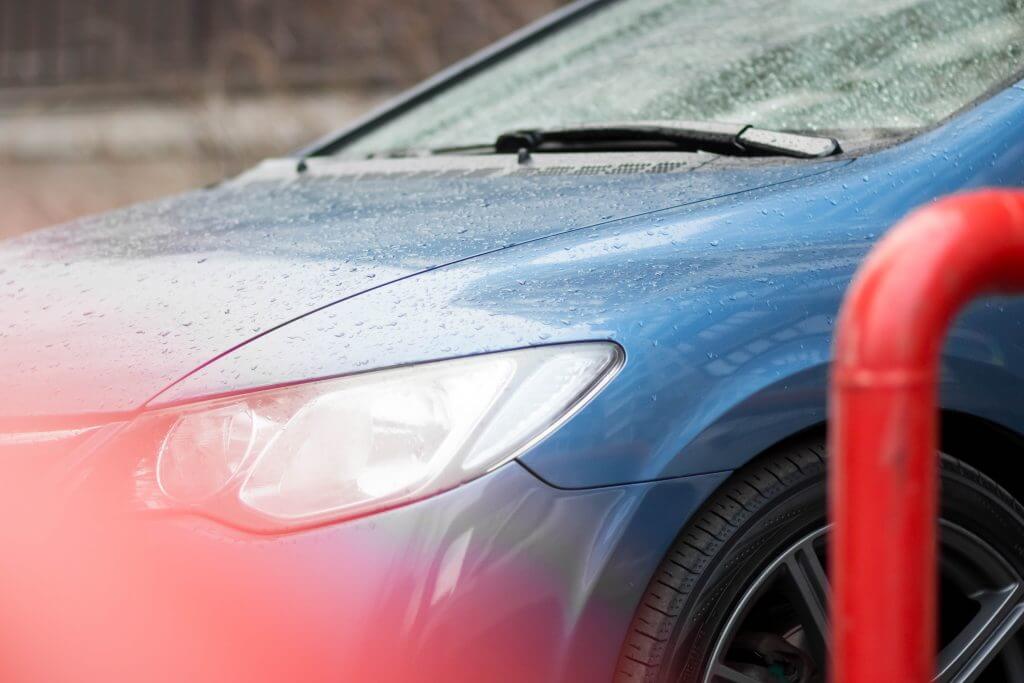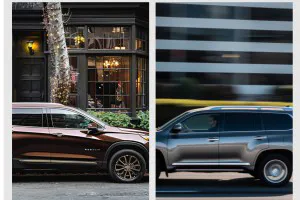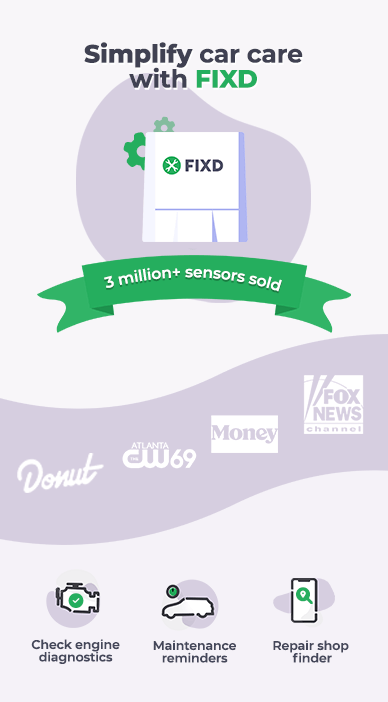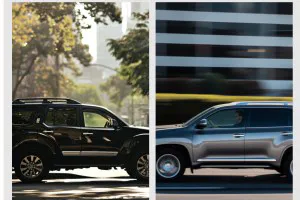Honda automobiles enjoy a solid reputation for mechanical excellence; its engines and transmission can operate for years without complaints. But when it comes to paint quality, Honda’s standing has more than a few dings. In particular, the automaker recognized that some of its models had defective paint and took corrective action.
Overview: Honda Paint Recall Issues
Some of its most popular vehicles, like certain model years of the Civic, Fit, HR-V, Odyssey, and Pilot, are prone to having paint that fades and peels. While this trouble won’t interfere with everyday use, a flawed exterior can bring down a car’s value and make it vulnerable to rust.
Owners of these affected Honda may not even realize that these paint problems are known issues or that there may be a no-cost remedy. With this in mind, let’s dive into what’s involved with Honda’s paint problems. We’ll explore how Honda responds this issue, examine what one Honda owner had to do to get his car’s paint fixed, and explain how owners can deal with the situation.
How Honda Handles Paint Problems

Every automaker runs into problems with its cars after they’ve reached consumers; it’s an unfortunate but normal part of the business. Sometimes this is handled through recalls conducted through the National Highway Traffic Safety Administration (NHTSA) but, this is an expensive procedure. Many car companies prefer Technical Service Bulletins (TSB) instead because they are a less expensive option.
Plus, not every issue is safety-related, which is a requirement in triggering an official recall. Paint quality doesn’t affect vehicle safety. Honda has never issued a recall for the problem. Instead, the company has released technical service bulletins (TSBs). Honda calls these advisories “Service Bulletins,” which instruct dealer service departments on how to handle the issue.
Honda released several TSBs covering the paint problem (note that newer versions may have been released—a Honda dealer will have updated information).
| Model Year/Model | Honda Service Bulletin # |
|---|---|
| 2006-2010 Honda Civic | 12-049 |
| 2013 Odyssey 2013-15 Pilot |
19-055 |
| 2013-2014 Honda Odyssey 2013-2016 Honda Pilot |
19-057 |
| 2015-2018 Honda Fit 2016-2018 Honda HR-V |
19-064 |
Each of these TSBs instructs the dealer to inspect a vehicle for suspected paint problems and how the issue is to be resolved. Importantly, these advisories also include details about a warranty extension that covers the paint for seven years from the original delivery date. Honda also mentions what vehicles don’t qualify for the extra coverage, such as cars that may have been totaled or if the paint damage isn’t related to the manufacturing process (for example, bird droppings, collisions, or scratches).
A 2012 class action lawsuit seeking compensation for defective Honda Accord and Civic paint was dismissed only a few months after it was first filed.
So while there are no recalls or class action lawsuits for Hondas with paint problems, the automaker addresses the issue (on specific models) through technical service bulletins and paint warranty extensions.
What to Know About Technical Service Bulletins and Warranty Extensions
The average car owner doesn’t know about TSBs, as this information is directed at the dealer, not the customer. Consumer Reports calls TBSs “secret warranties” for this very reason. And unlike recalls, which place legal requirements on automakers, TSBs are handled at the discretion of the individual brand. Regardless of the manufacturer, it’s good practice to always ask the dealer if there are any applicable TSBs for your car.
In certain situations (like Honda’s paint problems), an automaker may offer a warranty extension to cover a specific area or component. However, this additional protection doesn’t increase the length of the entire original new-car warranty. Honda’s paint warranty extension lasts for an extra four years, but only relates to manufacturing defects involving the paint.
Case Study: Owners’ Problems with Honda Paint
Despite new-car warranties, technical service bulletins, and warranty extensions, Honda owners sometimes still face challenges when it comes to fixing paint problems. A YouTube video retells the paint issues one owner had with his 2018 Honda Accord. He even goes so far as to include a clip of a North Carolina TV news story covering how another Honda Accord owner faced more extensive issues. Despite reaching out to his dealer and Honda, the other owner, Buckly Underwood, needed help with the paint troubles on a three-month-old car (also a 2018 Accord).
Fortunately, the TV coverage spurred a different Honda dealer into action, who stepped in to help Underwood. We don’t know if the fix came at the dealer’s expense or if Honda was cajoled into doing the right thing. Regardless, it’s an ideal example of why not to accept “no” as the first answer for getting Honda paint problems fixed.
Getting Honda Paint Problems Fixed

At the first sign of any Honda paint problems, you’ll want to reach out to an authorized dealer—this action is crucial for several reasons. Addressing the issue early can minimize damage and lessen the extent of any repairs. And most importantly, you’re putting the trouble on the record, which is essential if there’s the hope of making a warranty claim that may have a time limit.
The dealer’s first job is to inspect the damage to identify if the paint problem stems from manufacturing or owner misuse or neglect. If Honda is at fault, the dealer will handle things through any applicable warranty extension. In this case, there’s no cost to the owner.
But things can get tricky if the paint problem isn’t traced back to bad manufacturing. You may have no coverage or an expired warranty coverage. In this situation, ask the dealer if Honda will provide courtesy repairs as a one-time exception. It never hurts to ask, and don’t be afraid to ask for help at another dealer; that’s how Buckly Underwood repaired his Honda Accord.
Another option for those of you reading this who are inclined to do repairs yourself is to give your car a fresh look with spray paint. Yes, you read that right. Spray paint can be used to restore your Honda’s luster and shine. How does it work? Check out the full course on how to spray paint your car. It’s jam-packed with great content, including over 100 videos on painting your vehicle.
> Click here to get Spray Paint Secrets now!
Frequently Asked Questions About The Honda Paint Recall
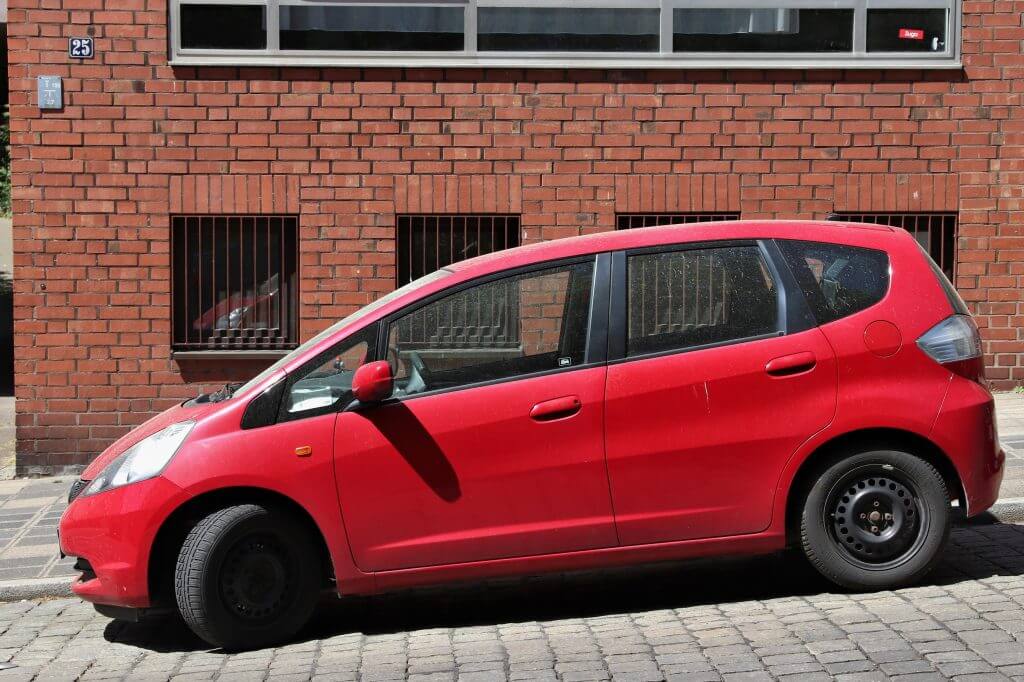
Does Honda have a recall over paint issues?
At this time, Honda has not issued a recall for any paint issues with its vehicles. Vehicle recalls are made for safety-related matters, and paint problems don’t fall under this area. However, Honda has issued several related dealer service bulletins that acknowledge the problem. Among the affected vehicles are the 2006-2010 Honda Civic, 2015-2018 Honda Fit, and 2016-2018 Honda HR-V, 2013-2014 Honda Odyssey, and 2013-2016 Honda Pilot. Not all paint colors are addressed by these dealer advisories.
What is the length of Honda's paint warranty?
There are two Honda paint warranties to be aware of. Primary coverage is through Honda’s bumper-to-bumper new-car warranty, which safeguards against defects in material and workmanship for three years or 36,000 miles. In some instances, such as with the vehicles mentioned in the Honda dealer service bulletins, the paint warranty is extended for seven years from the original purchase date.
What causes the paint on Honda cars to fade?
The sun’s UV rays are the principal cause of fading paint, along with other environmental conditions like pollution and road salt. The best protection against these factors is a strong layer (or layers) of clear coat to preserve the coats of paint underneath. Honda hasn’t acknowledged a specific source of its fading paint problems, but a lacking clear coat is a likely culprit.
What's the best way to control peeling paint on my Honda?
Peeling paint means the problem has gone beyond how your car’s surface looks. The only way to deal with peeling paint is to repair the affected area. Begin by having your Honda inspected by an authorized dealer to determine if the cause is related to a manufacturing issue and if repairs are covered by the Honda warranty extension. If the paint fix isn’t covered by Honda, you’ll want to contact an independent body shop for an estimate. Peeling paint won’t go away on its own, and leaving the metal exposed is an invitation for rust and corrosion.
Do some car colors fade faster than others?
While all paint eventually fades, the effect is more noticeable with darker colors. In terms of Honda vehicles with paint problems, there isn’t necessarily a common color associated with fading. Blue and black are the troubled tints of the 2006-2010 Civics. However, various versions of white are the problem for newer Honda models.
- Taffeta White (paint code NH-578): 2013 Odyssey, 2013-2016 Pilot
- White Diamond Pearl (paint code NH-603P): 2013-2014 Odyssey, 2013-2016 Pilot,
- White Orchid Pearl / Bellanova White (paint code NH–788P): 2015-2018 Fit, 2016-2018 HR-V
If available, the original window sticker will detail a car’s paint information. Otherwise, contact a Honda dealer or Honda’s customer service to confirm your vehicle’s color.
Why is the paint peeling off on my brand-new car?
Assuming no outside factors, like chemicals or excessive heat, peeling paint on a brand-new car is a strong sign that something is wrong with its finish. As we’ve covered with Honda, manufacturing paint defects aren’t uncommon but shouldn’t happen with a new car. So, these problems should be addressed right away with the dealer.
Is it possible to restore faded paint on a car?
Whether you own a Honda or another brand, restoring a car’s faded paint is possible. But, the work involved depends on the severity of the problem. Sometimes, all that’s required is a basic wash and wax. While more significant fading may require professional buffing. However, extremely faded paint is usually fixed by repainting the surface.
References
- Honda Service Bulletin 12-049, American Honda Motor Company (August 24, 2012). Retrieved December 14, 2022, from https://gp1cc.com/wp-content/uploads/2013/11/Honda-Paint-Recall-Bulletin-12-049.pdf
- Honda Service Bulletin 19-055, American Honda Motor Company (August 29, 2019). Retrieved December 14, 2022, from https://static.nhtsa.gov/odi/tsbs/2019/MC-10164449-0001.pdf
- Honda Service Bulletin 19-057, American Honda Motor Company (August 29, 2019). Retrieved December 14, 2022, from https://static.nhtsa.gov/odi/tsbs/2019/MC-10164451-0001.pdf
- Honda Service Bulletin 19-064, American Honda Motor Company (August 29, 2019). Retrieved December 14, 2022, from https://static.nhtsa.gov/odi/tsbs/2019/MC-10164453-0001.pdf
- Honda Defective Paint Class Action Lawsuit (July 30, 2012). Retrieved December 14, 2022, from https://topclassactions.com/lawsuit-settlements/lawsuit-news/honda-defective-paint-class-action-lawsuit/.

Dave Goldberg is an automotive journalist and lifelong car fanatic. He writes for numerous enthusiast and business outlets and is an ongoing contributor to HotCars.com, one of the most popular car culture websites. When he’s not writing or driving, Dave is either under a hood or asleep. His credentials include a BA in Journalism from The George Washington University.

